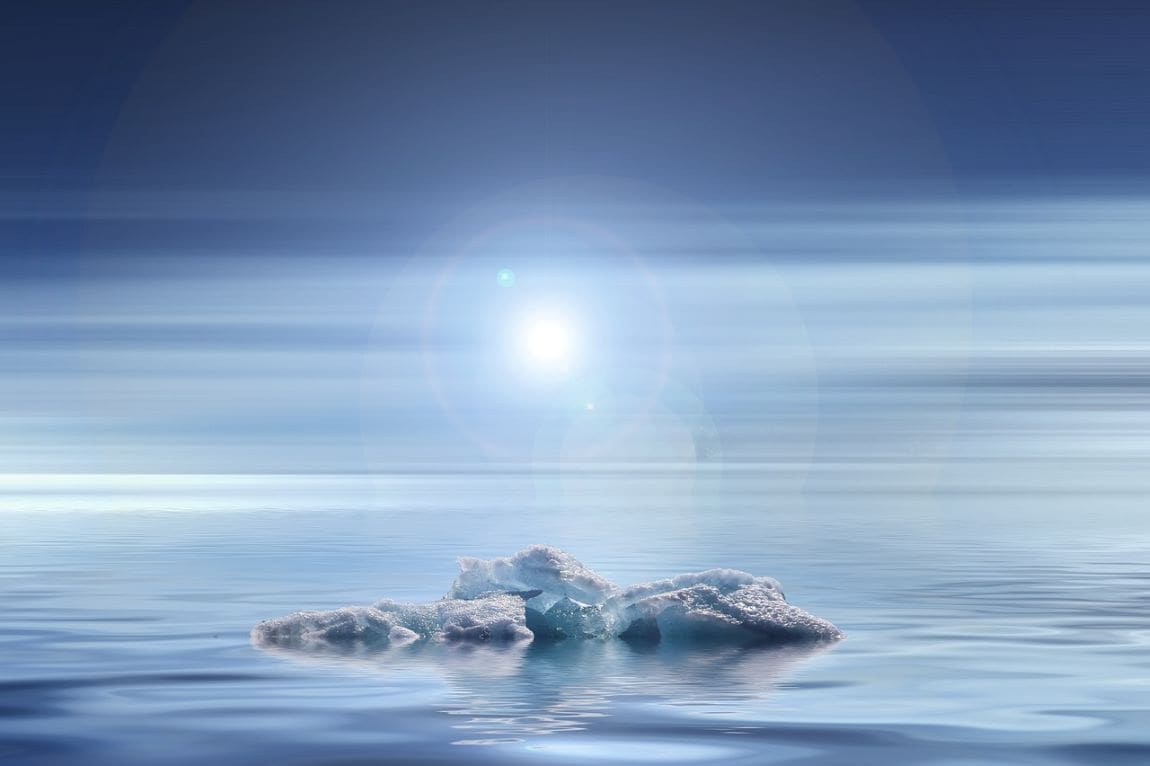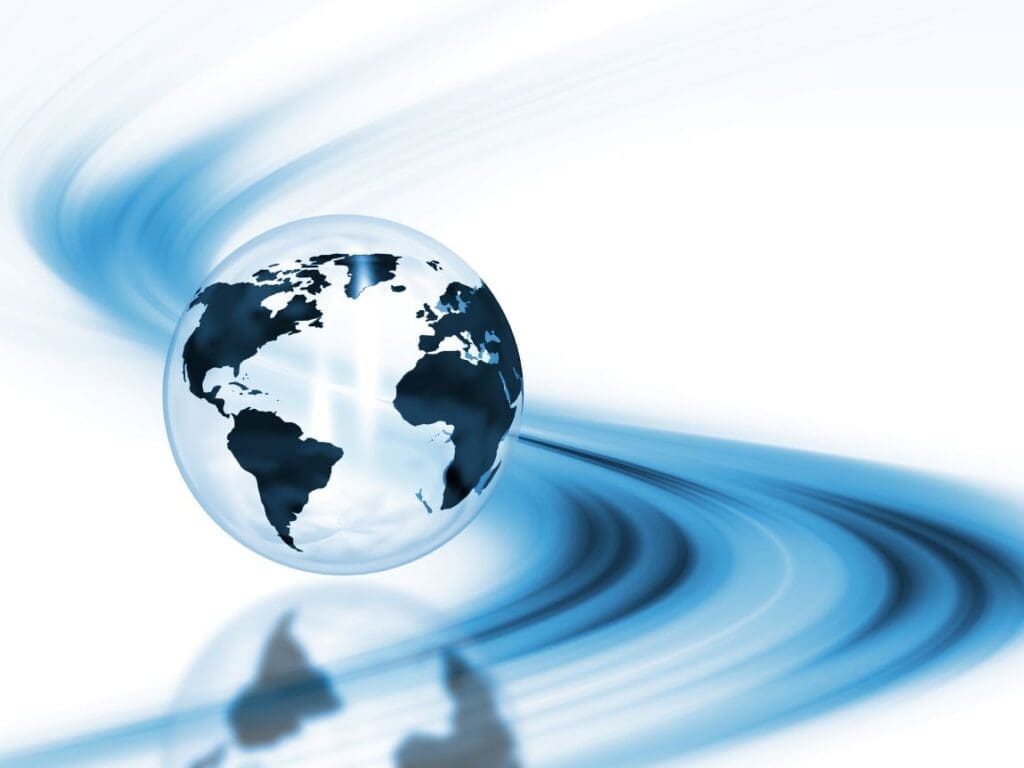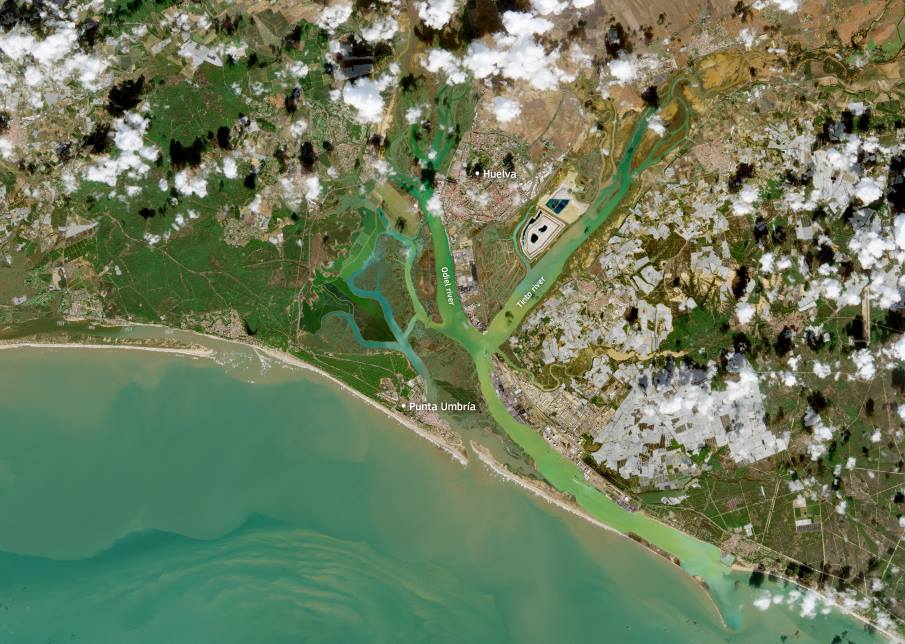Conserving nature can shield cities from floods
A University of British Columbia (UBC) study reveals that conserving just five percent of watersheds, representing two percent of Canada’s land area, could shield more than half of urban floodplains, offering vital protection to millions of people.
Forests, wetlands, and grasslands serve as natural flood buffers, absorbing water, slowing runoff, and reducing the burden on artificial flood control systems. These ecosystems provide an alternative to costly infrastructure like dams, potentially reducing flood risks while also preserving biodiversity.
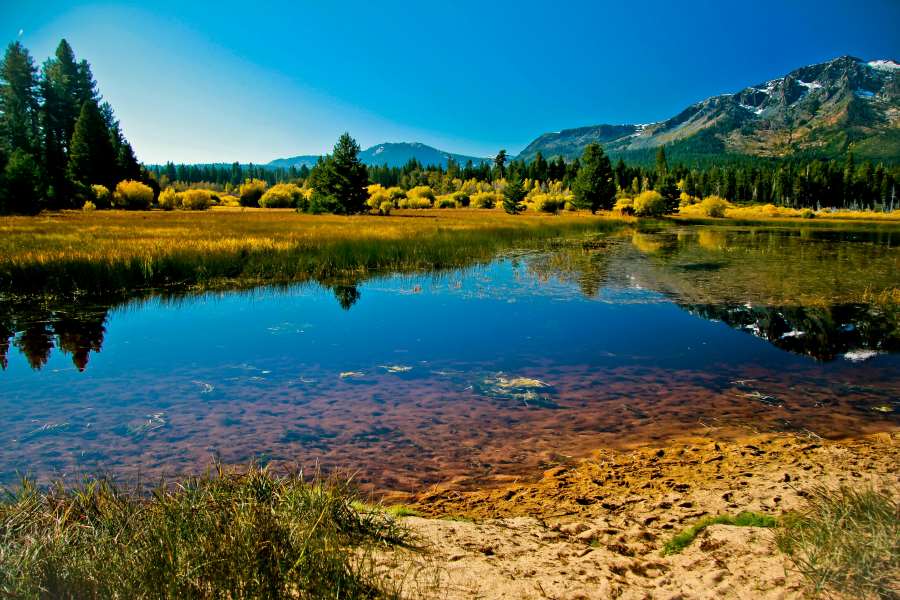
Study author and UBC forestry expert Dr. Matthew Mitchell calls this research the first of its kind in Canada to explore how ecosystems function as natural flood buffers. “Conserving nature isn’t just about biodiversity – it’s also about protecting communities and making cities more resilient to climate change.”
The research highlights regions across Canada, from British Columbia’s mountain ranges to Ontario’s wetlands, where conservation efforts could yield the greatest benefits. These ecosystems currently protect urban populations, including 3.7 million people who live in areas directly safeguarded by natural defences.
The study’s findings emphasize the dual role of ecosystems in supporting biodiversity and mitigating the impacts of climate change, underscoring the urgent need to integrate nature conservation into urban planning strategies.
Journal Reference:
Gabriela T. Duarte, Richard Schuster, Marc Edwards, Camille O. Dallaire, Ágnes Vári, Matthew G.E. Mitchell, ‘Flood prevention benefits provided by Canadian natural ecosystems’, Ecosystem Services 70, 101670 (2024). DOI: 10.1016/j.ecoser.2024.101670
Article Source: UBC News | University of British Columbia (UBC)
The melting of Greenland: a climate challenge with major implications for the 21st century
Greenland’s glaciers are losing ice at an unprecedented rate, with projections indicating losses of between 964 and 1,735 gigatonnes of ice per year by 2100 under a high greenhouse gas emissions scenario (SSP5-8.5).
This alarming finding comes from research led by the University of Liège (ULiège), published in Geophysical Research Letters.
The accelerated melting of Greenland’s ice sheet is expected to raise sea levels by up to one meter by the end of the century, exposing millions in coastal regions to heightened risks of flooding and submersion. The research utilized advanced regional climate models (RACMO, MAR, and HIRHAM) to analyze the complex interactions between ice, the atmosphere, and the oceans.
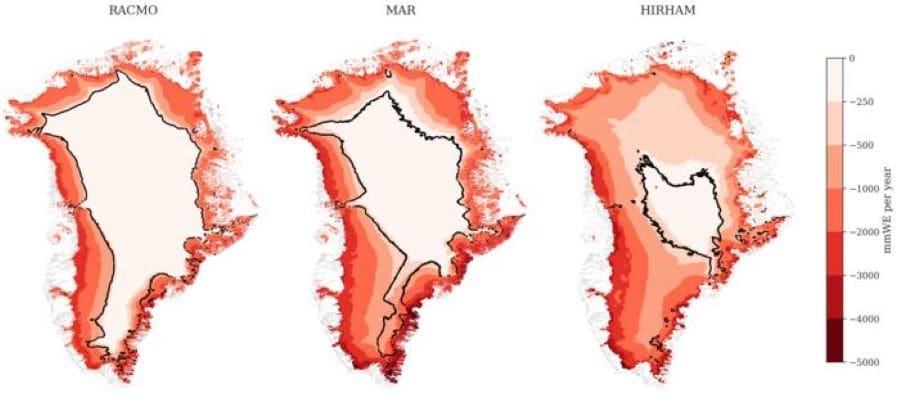
“Greenland currently contributes 25% to global sea level rise, or 0.6 mm per year. If the current melting continues, this contribution could reach up to one meter by 2100,” said Xavier Fettweis, climatologist at ULiège.
The study also highlighted discrepancies among models related to how meltwater is treated, with differences in whether water infiltrates, refreezes, or flows directly into the ocean. This dynamic underscores the importance of refining climate models to better understand processes like snow retention and the changing altitude of ice sheets.
“These differences, although significant, do not hide the essential fact: the melting of the ice is an irreversible process if greenhouse gas emissions are not drastically reduced,” added Quentin Glaude, an engineer at the Montefiore Insitute, at ULiège.
The study‘s findings will contribute to future Intergovernmental Panel on Climate Change (IPCC) assessments, providing a critical basis for more accurate projections of sea-level rise and policy recommendations aimed at mitigating climate change impacts.
Journal Reference:
Q. Glaude, B. Noel, M. Olesen, M. Van den Broeke, W. J. van de Berg, R. Mottram, N. Hansen, A. Delhasse, C. Amory, C. Kittel, H. Goelzer, X. Fettweis, ‘A Factor Two Difference in 21st-Century Greenland Ice Sheet Surface Mass Balance Projections From Three Regional Climate Models Under a Strong Warming Scenario (SSP5-8.5)’, Geophysical Research Letters 51 (22) e2024GL111902 (2024). DOI: 10.1029/2024GL111902
Article Source: University of Liège
Shells, teeth and bones of ‘weird and wonderful organisms’ provide historical environmental clues
An international study led by the University of South Australia (UniSA) demonstrates how the chemical signatures found in the shells, teeth, and bones of aquatic organisms can serve as historical records of environmental changes. These organisms, often overlooked in traditional monitoring, could help track global climate change.
“Many aquatic organisms – like whales, seals, octopus, and even algae – harbor chemical fingerprints that can give us a record of the environment over time, from historical water temperatures, pollution levels, and ecosystem health,” said Dr. Zoe Doubleday of UniSA’s Future Industries Institute.
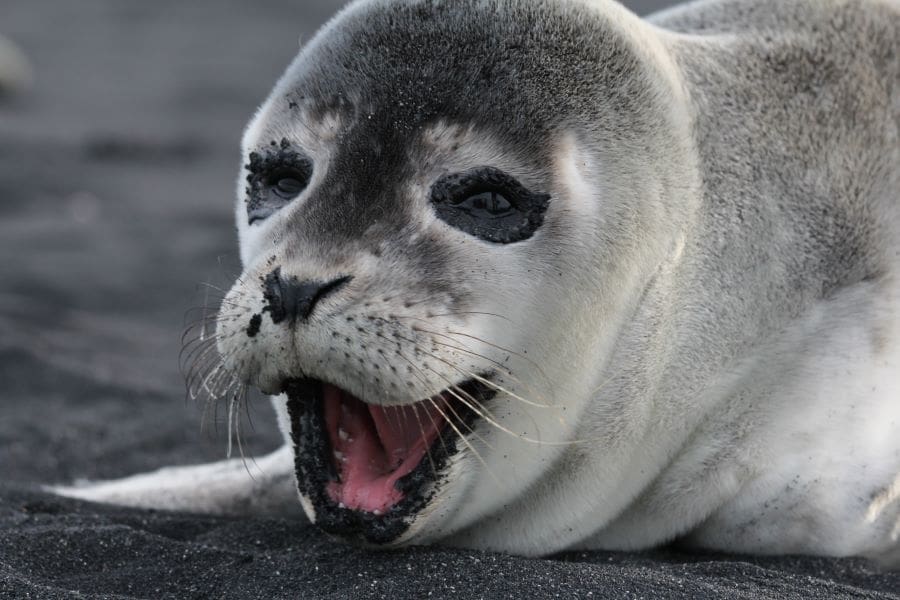
The study, published in Limnology and Oceanography Letters, synthesized data from hundreds of previous analyses, exploring how these organisms act as “natural data loggers.” Chemical sclerochronology, a method for extracting and analyzing these chemical records, offers a cost-effective alternative to conventional environmental monitoring, especially in remote and climate-sensitive regions like polar seas and deep oceans.
The research highlighted gaps in existing studies, identifying previously understudied species and structures that could serve as valuable indicators of environmental health.
“These findings are crucial, as data on aquatic environments is both scarce and challenging to gather,” Dr. Doubleday emphasized. “Expanding our focus beyond traditional methods and species will allow scientists to tap into a wealth of data that’s been largely overlooked until now.”
This comprehensive approach aims to inform more effective conservation strategies and improve our understanding of ecosystem dynamics amid global environmental changes.
Journal Reference:
Zoë A. Doubleday, Louise Hosking, Jasper Willoughby, Minoli Dias, Natasha Leclerc, Shanie Brault Nikolajew, Melita Peharda, Arieli Tristão Rézio, Clive Trueman, ‘Capitalizing on the wealth of chemical data in the accretionary structures of aquatic taxa: Opportunities from across the tree of life’, Limnology and Oceanography Letters (2024). DOI: 10.1002/lol2.10448
Article Source: UniSA Media Centre | University of South Australia
Featured image credit: Gerd Altmann | Pixabay

